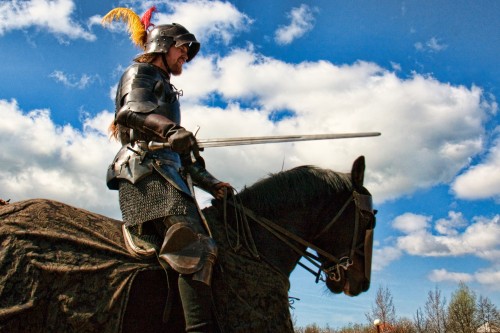
In Spanish, a lot of words may be altered slightly with diminutives or colloquialisms and still mean more or less the same thing, for example with “galleta” (cookie/cracker) and “galletita” (little cookie/cracker”). Chileans, in particular, are famous for their -itos. It is then understandable that one might confuse the words “caballo” and “caballero” and assume they mean more or less the same thing. Unfortunately, they do not.
Trying to speak with confidence on your first trip abroad is hard. You are constantly met with confused faces, whether they are sympathetic or not, the embarrassment and frustration affects you all the same. For that reason, I can really respect anyone who is learning the language but still speaks with confidence. It doesn’t stop me from cringing at their mistakes or perhaps laughing a bit, though. This embarrassing story happened to a friend of a friend and I am truly sad I missed it.
Let’s call these girls Lisa and Anna. Lisa and Anna had been struggling through the city, classes, interactions with their host families, etc. They decided to take a trip to the country and relax a bit. When they got there, they found a stable with horses. They both were interested in going for a ride, so Anna, feeling confident, walked right up to the men working there and said “Hay caballeros para montar?”
Poor Anna. She did not understand why the men stared at her and burst out laughing. She thought it was her accent, so she repeated herself, more slowly and enunciated. “Hay Ca-ba-ller-os par-a mon-tar?”
She was sure she was asking “Are there horses to ride?” In reality, she was asking “Are there any gentlemen to ride?”
Anna had essentially propositioned these men as if it were a whorehouse.
Moral of the story: just because it sounds similar, doesn’t mean it has the same meaning.
Check out these other articles about Spanish Lessons.
Featured photo credit: knight against clouds by hans s via flickr